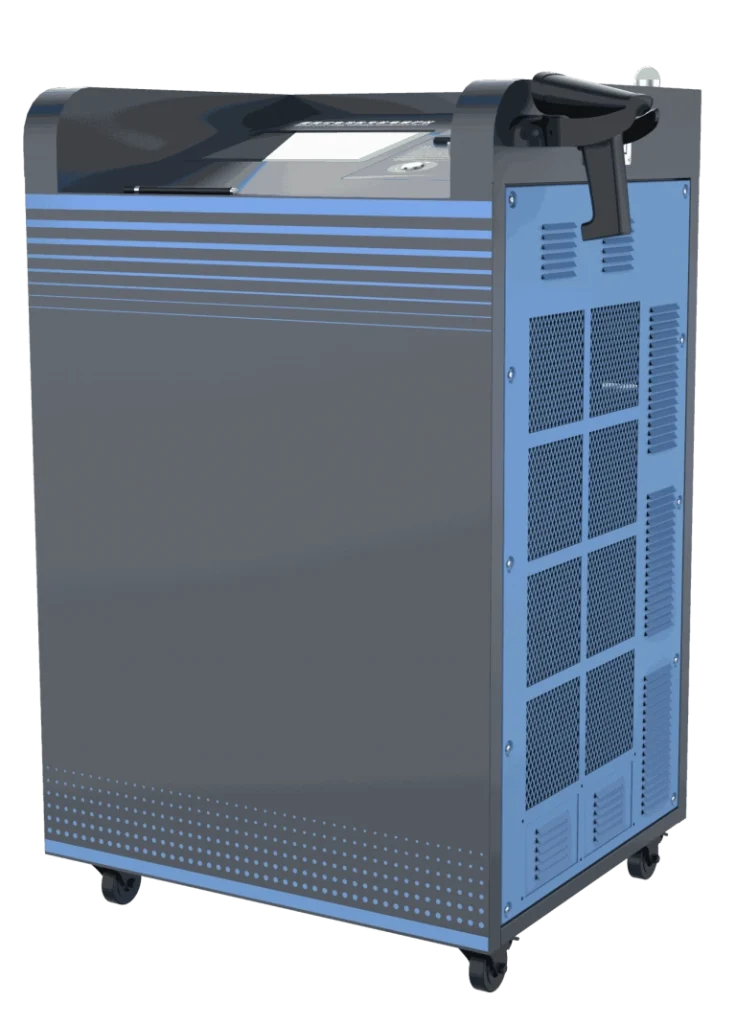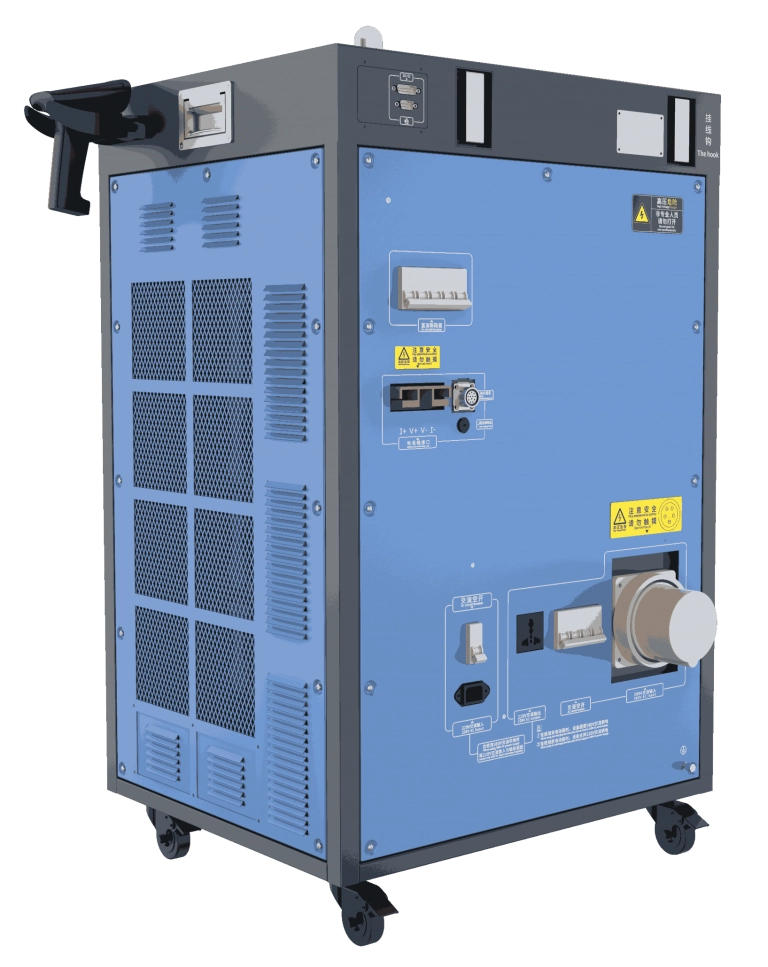
The portable battery charge-discharge tester is an indispensable tool in modern energy management. It not only effectively detects battery performance but also helps users understand the health status of batteries. Selecting a suitable portable battery charge-discharge tester is crucial for maintaining and managing battery systems. This article will explore in detail the basic functions and features of this device, as well as the key factors to consider during the selection and usage process.
Basic Functions and Features of Portable Battery Charge-Discharge Testers
Portable battery charge-discharge maintenance equipment play a significant role in the field of energy management. Understanding their basic functions and features helps users make better use of this tool.
Analysis of Main Functions
The primary functions of a portable battery charge-discharge tester include conducting charge-discharge tests on individual batteries, battery packs, and modules. These functions enable users to quickly assess battery performance under different types and configurations. Additionally, the device typically offers data logging and analysis capabilities, providing detailed information such as operating parameters, runtime data, and in-depth data to facilitate thorough analysis.
Common Technical Parameters and Their Importance
When selecting a portable battery charge-discharge maintenance equipment, understanding its technical parameters is critical. These parameters include maximum supported voltage, operating temperature range, measurement accuracy, and more. Properly understanding these technical indicators ensures stable operation under various environmental conditions and provides accurate data support.
Key Factors to Consider When Choosing a Portable Battery Charge-Discharge Tester

Selecting the right portable battery charge-discharge tester requires comprehensive consideration of multiple factors to ensure the device meets specific application needs.
Battery Type and Compatibility
Different types of batteries (such as lead-acid, lithium-ion, etc.) have varying requirements for testing equipment. Therefore, when choosing, it’s essential to confirm whether the selected device supports all types used in the target application. Additionally, the device should be compatible with various specifications and capacities to accommodate different application scenarios.
Testing Accuracy and Stability
Testing accuracy directly affects the reliability of results. When selecting, attention should be paid to the device’s measurement accuracy under different operating conditions. Stability is also a key consideration, especially during prolonged continuous operation, where the device should maintain consistent performance.
Operational Convenience and Scalability
Operational convenience is a critical factor in improving work efficiency. A well-designed device should feature an intuitive human-machine interface and easy-to-understand operational processes. Additionally, scalability is a noteworthy characteristic, as it determines whether the device can meet future needs through software or hardware upgrades.
Precautions for Using Portable Battery Charge-Discharge Testers

During actual use, to ensure safety and effectiveness, certain operational guidelines should be followed, and common issues and their solutions should be understood.
Proper Operating Procedures and Safety Guidelines
Proper operating procedures include connection, setup, startup, and monitoring of the entire process. During this process, the safety guidelines provided by the manufacturer must be strictly followed to prevent personal injury or equipment damage due to improper operation. Additionally, regular checks of the device’s condition should be conducted to ensure it is in normal working order.
Common Issues and Solutions
Common issues include poor connections, abnormal data, and excessive temperatures. When encountering these problems, first check whether the connections are correct, then review any alarm messages, and take appropriate measures based on the prompts. If the issue cannot be resolved independently, professional assistance should be sought promptly.
Through a detailed understanding of the above aspects, readers will gain a clearer understanding of how to choose a suitable portable battery charge-discharge tester, thereby improving energy management efficiency and extending equipment lifespan.
Guheng Energy: A Reliable Expert in New Energy Service Technology Solutions
When selecting a portable battery charge-discharge tester, understanding reputable suppliers in the market is crucial. Guheng Energy, as a professional expert in new energy service technology solutions, has earned widespread acclaim both within and outside the industry for its outstanding products and services.
Core Technological Advantages of Guheng Energy
Guheng Energy boasts a range of core technological advantages, securing its prominent position in the new energy sector. These advantages include high-precision testing equipment, efficient data analysis systems, and flexible customized solutions. Through continuous innovation and optimization, Guheng Energy provides high-quality, reliable products that perform exceptionally well in various application scenarios.
Providing Professional Portable Battery Testing Equipment Solutions
Guheng Energy not only focuses on technological research and development but also commits to providing professional portable battery testing equipment solutions for its clients. These solutions cover testing needs ranging from individual batteries to complex battery packs, ensuring users obtain accurate and timely test results. Additionally, Guheng Energy offers comprehensive technical support and training services to help clients use the equipment more effectively and improve work efficiency.
Frequently Asked Questions
When using a portable battery charge-discharge tester, users may encounter some common questions. The following provides detailed answers to these questions to help users better understand and use the device.
Question 1: What types of batteries are suitable for portable battery charge-discharge testers?
Portable battery charge-discharge testers are suitable for various types of batteries, including lead-acid, lithium-ion, nickel-metal hydride, and more. Each type has specific performance characteristics and application scenarios, so when selecting a tester, its compatibility must be ensured. Specifically, the device can adapt to different types and capacities of batteries by adjusting parameters, ensuring the accuracy of test results. Additionally, some high-end models support custom settings to meet specialized application needs.
Question 2: How much does the tester’s accuracy affect the test results?
Testing accuracy is one of the key factors affecting the reliability of test results. In high-precision requirements, even minor data deviations can lead to incorrect judgments. Therefore, when purchasing, special attention should be paid to the measurement accuracy level indicated by the tester. Additionally, regular calibration of the equipment is an important measure to maintain high accuracy, ensuring long-term stable operation and reliable data output. Users should also be mindful of environmental factors, such as temperature and humidity, that may adversely affect accuracy and take corresponding measures to mitigate them.
By thoroughly understanding the above questions and their answers, users can more effectively utilize portable battery charge-discharge testers, thereby improving work efficiency and extending the lifespan of battery systems. When selecting the right equipment, not only should its functionality and performance be considered, but also the quality of service provided by the supplier, to ensure the best user experience.





